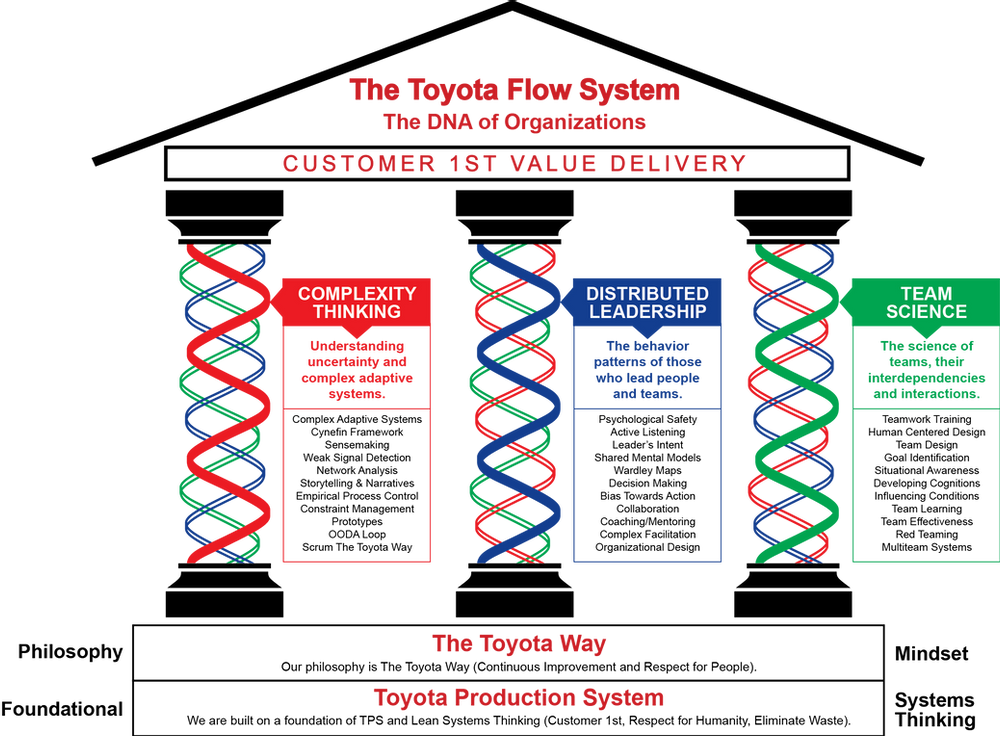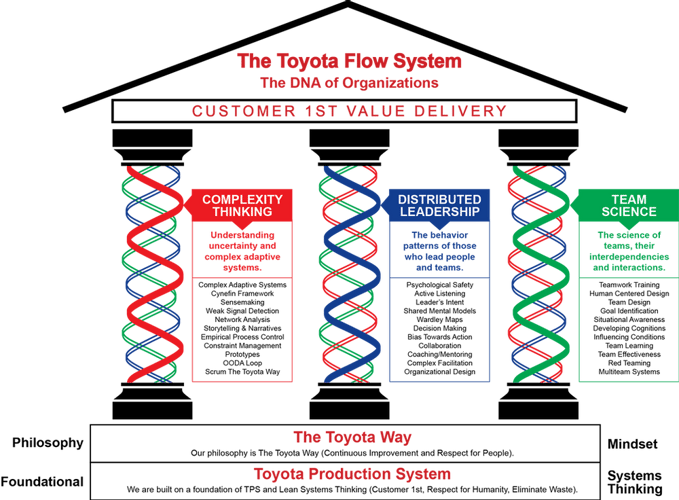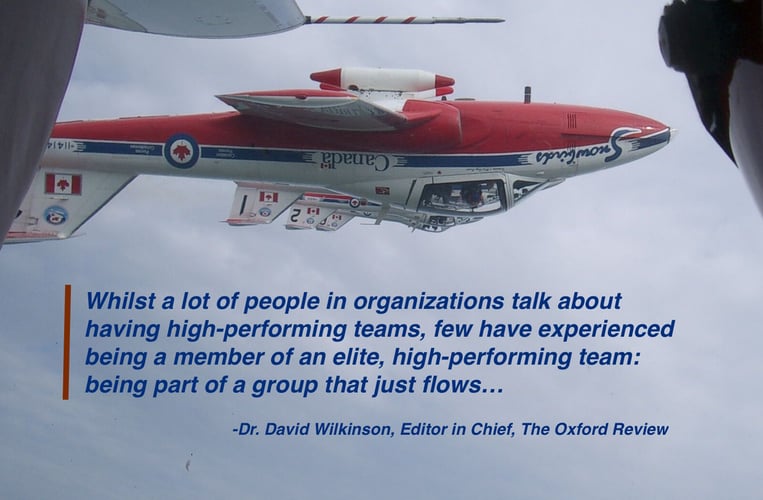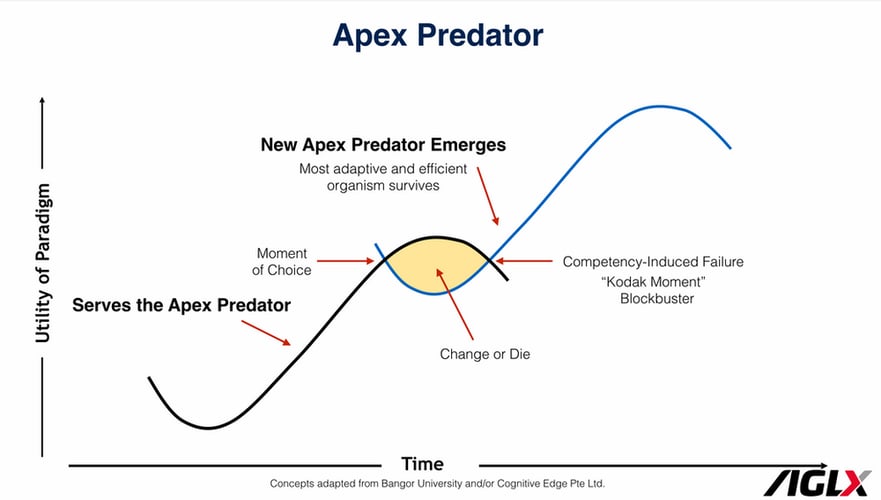
In the few weeks since Planet Lean published an introduction to the The Flow System™, responses from around the world have been extremely positive. As Nigel, John, and I continue to work on the book, I’ve noticed several people connect flow to closed systems, often associating flow with the concept of one-piece flow made famous by the Toyota Production System.
“Learning Requires Overcoming Our ‘Humanness'” – Edward D. Hess
To me, the Toyota Flow System is more about human systems—open systems. The practices, methods, and frameworks supported by natural science found in the Toyota Flow System’s three helixes (each helix is a triple helix) are designed to help socio-technical systems build countermeasures to those unavoidable realities that make us human. In short, the interplay between The Flow System’s three helixes target our humanness.

So Why “Flow?”
At the individual level, flow is the mental state of being completely immersed in an activity. When an individual achieves flow, according to Mihaly Csikszentmihaly, “Concentration is so intense that there is no attention left over to think about anything irrelevant. Self-consciousness disappears, and the sense of time becomes distorted [1].”
This individual concept of flow is great but most of our work in today’s VUCA world is done in teams. Fortunately, according to team science, team flow is the number one key differentiator between a team and a high-performance team [2]. Team flow—a sense of flow where work passes seamlessly between team members—is an emergent property from the interplay of The Flow System’s three helixes.
But there is a deeper reason why we used “flow” and it has to do with a first principle—an idea that cannot be deduced or derived from other laws. According to this law of physics, everything that moves is a flow system. And flow systems have two basic features: (1) there is a current that is flowing and (2) the design through which the current flows [3].
This law is known as the Constructal Law:
For a finite-size flow system to persist in time (to live), its configuration must evolve in such a way that provides easier access to the currents that flow through it.
This law is absolutely dangerous to consultancies selling recipes or one size fits all approaches to “scaling” Agile and organizational agility. But our concern is not with other consultancies; our focus, our point, is on our customers who want to survive and thrive on their own terms.
As with all flow systems, The Flow System™ does not work in isolation, it is part of a bigger flow system, and will always evolve to help organizations solve intractable and wicked problems. We are fortunate to have so many advisors and friends supporting our effort; many from the Cynefin, Lean, leadership, and team science “flow” systems.
One of the most influential pieces on my thinking about flow is Sonja Blignaut’s Blog, 8 guidelines to enable organisational fluidity. I highly recommend reading her thoughts on Constructal law.
[1] Csikszentmihalyi, M. (1990). Flow: The psychology of optimal experience. New York: Harper & Row. Kindle edition.
[2] More than 2,300 papers were included in a recent High-Performance Team study. The study found that team flow is an amalgamation of shared vision, small team size, collective self-efficacy, empathy, high levels of information sharing, training through simulation, leadership, openness, and more. Wilkinson, David (2019). The Oxford Review. High-Performance Teams: What the research says.
[3] Bejan, A., Zane, J.P. () Design in Nature: How the Constructal Law governs evolution in biology, physics, technology, and social organization




